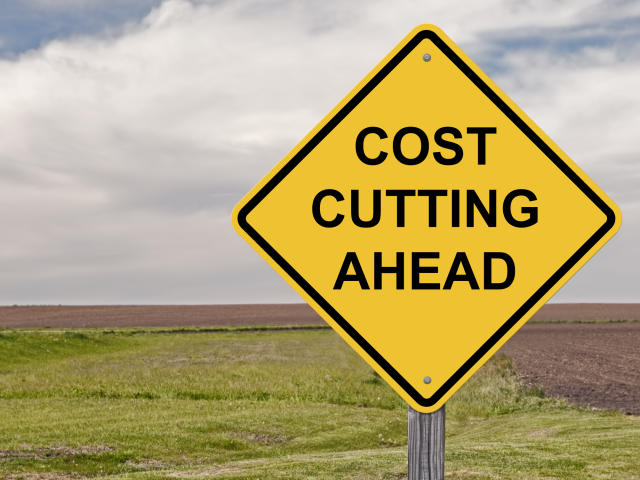Effective Cost-Cutting Strategies

In today’s fast-paced business landscape, cost-cutting is more than just a buzzword; it’s a necessity. Companies across industries are constantly seeking ways to optimize their operations and reduce expenses without compromising quality or productivity. In this article, we’ll delve deep into the world of cost-cutting, exploring strategies that can help your business thrive while keeping expenses in check.
The Importance of Cost-Cutting
Cost-cutting is not solely about slashing budgets; it’s about making smarter financial decisions. Here’s why it’s crucial for businesses:
1. Enhanced Profitability
Effective cost-cutting measures directly impact your bottom line. By reducing unnecessary expenses, you free up capital that can be reinvested into growth initiatives or distributed to shareholders.
2. Competitive Advantage
In a competitive marketplace, businesses that manage costs efficiently have a clear advantage. Lower operating costs can enable you to offer competitive pricing or invest in research and development to stay ahead of the competition.
3. Financial Resilience
Sound cost-cutting practices create financial resilience. When unexpected economic downturns or crises occur, your business will be better prepared to weather the storm.
Cost-Cutting Strategies
Let’s explore some practical cost-cutting strategies that can be tailored to your specific business needs:
1. Review Your Supply Chain
Your supply chain is a significant cost driver. Analyze it thoroughly to identify inefficiencies. Consider consolidating suppliers, negotiating better terms, or exploring alternative sourcing options.
2. Embrace Technology
Investing in technology can streamline processes and reduce labor costs. Automation, for example, can help eliminate repetitive tasks and boost efficiency.
3. Optimize Energy Usage
Energy costs can be substantial for many businesses. Implement energy-efficient practices, such as LED lighting and smart heating and cooling systems, to reduce utility expenses.
4. Evaluate Staffing Levels
Assess your workforce to ensure you have the right talent for the job. Overstaffing can lead to unnecessary labor costs while understaffing can hinder productivity.
5. Renegotiate Contracts
Regularly review contracts with vendors, service providers, and landlords. Negotiate for better terms, discounts, or lease agreements to lower fixed costs.
6. Go Green
Sustainable practices not only benefit the environment but can also lead to cost savings. Consider initiatives like recycling programs and reducing paper usage.
7. Employee Training
Invest in training to improve employee skills and productivity. Well-trained employees are more efficient and can contribute to cost-reduction efforts.
8. Marketing Efficiency
Examine your marketing strategies and channels. Focus on those that provide the highest return on investment (ROI) and consider reallocating resources accordingly.

Monitoring and Adapting
Cost-cutting is not a one-time endeavor; it’s an ongoing process. Regularly monitor your financial performance and adjust your strategies as needed. Consider implementing key performance indicators (KPIs) to measure the effectiveness of your cost-cutting initiatives.
The Human Element
It’s essential to communicate your cost-cutting efforts transparently with your employees. They are key stakeholders in the process and can offer valuable insights and suggestions. Engage them in finding ways to reduce costs without compromising product quality or service levels. Please click to read this article to find out more effective cost-cutting strategies.
Final Thoughts
In conclusion, effective cost-cutting is an art and a science. When done correctly, it can significantly improve your business’s financial health and competitive position. Remember that cost-cutting is not about sacrificing quality or value; it’s about optimizing resources to achieve long-term success.

